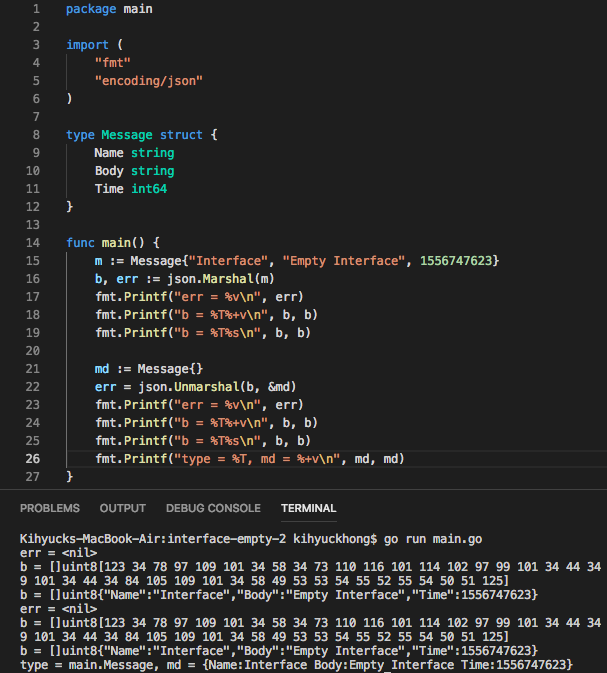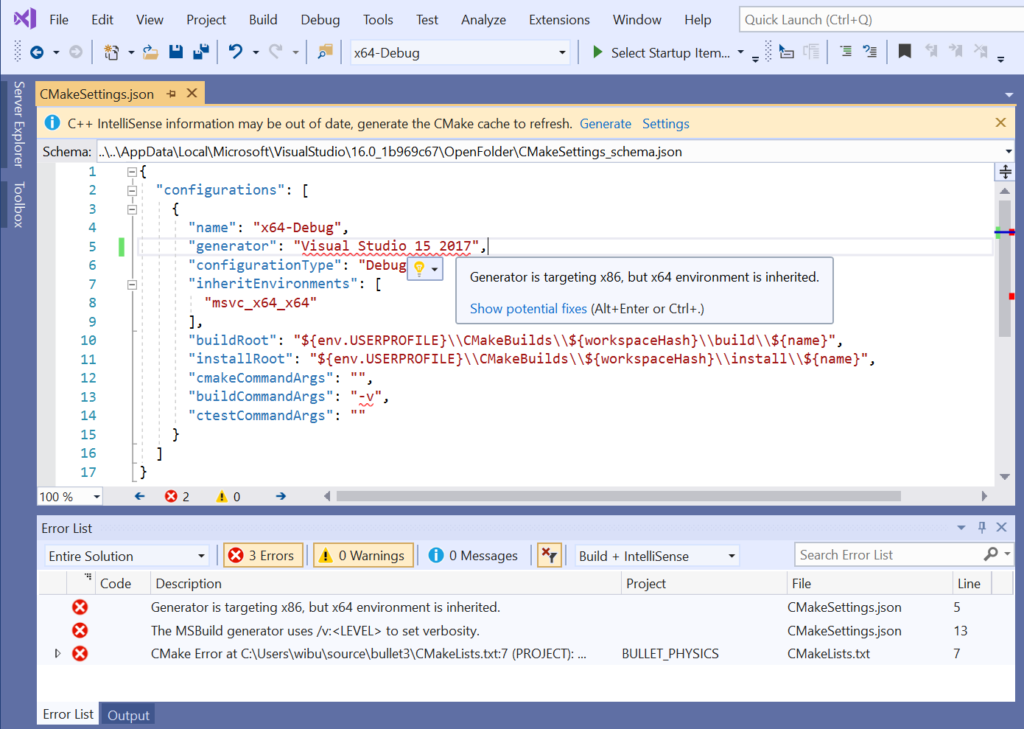

Each folder corresponds with the schema level you selected, and the attributes associated with that schema level are listed as children of the folder.įor example, in the following image, Address is a dimension under the schema level Businesses folder. How dimension folders are organized for hierarchical JSON filesĪfter you select the sheet tab, the selected schema levels of your JSON file show under Dimensions on the Data pane. For more information, see Change schema levels. You can change the schema levels after you union files. When you union JSON files, the schema is inferred from the first 10,000 rows of every file in the union. For more information about union, see Union Your Data. Or, hover over the file name on the canvas and select the drop-down menu > Select Schema Level. You can change the schema levels you selected by going to the data source page and selecting Data > Select Schema Level. Whenever Tableau detects that new fields are available, for example, during an extract refresh or when Tableau creates an extract after you’ve selected the schema levels, either an information icon near the file name or a notification on the Select Schema Levels dialog box will indicate that additional fields have been found. Tableau reads your entire document and if more fields are found, they are listed in the Select Schema Levels dialog box. Select schema levels from the schema listed and then select OK. It may take a long time for the scan to complete. If you notice that a field you need is missing under Schema, you can choose to do one of the following: Sometimes, more fields exist in rows that were not scanned to create the inferred schema. The JSON file generates these schema levels: For example, here's a snippet of a JSON file: If you select a child schema level, the parent level is also selected. Note: When you publish a workbook to the web, any schema updates will not be available to the web version of the viz and may cause errors if the viz is subsequently refreshed They also determine which data is published. The schema levels that you select in the dialog box determine which dimensions and measures are available for you to view and analyze in Tableau. Note: The "Scan Entire Document" option displays only for JSON files with more than 10,000 rows. In Tableau Desktop, if your JSON file has more than 10,000 rows, you can use the "Scan Entire Document" option to create a schema. The JSON file schema levels are listed in the Select Schema Levels dialog box. Tableau flattens the data using this inferred schema. When you connect Tableau to a JSON file, Tableau scans the data in the first 10,000 rows of the JSON file and infers the schema from that process.
Visual json windows#
Here is an example of a JSON file as a data source using Tableau Desktop on a Windows computer: Select the sheet tab to start your analysis. For example, use a data source naming convention that helps other users of the data source figure out which data source to connect to. (Optional) Select the default data source name at the top of the page, and then enter a unique data source name for use in Tableau. On the data source page, do the following: For more information, see Select schema levels. In the Select Schema Levels dialog box, select the schema levels you want to view and analyze in Tableau, and then select OK. Select the file you want to connect to, and then select Open.

Start Tableau and under Connect, select JSON File.

Make the connection and set up the data source To a local JSON file and set up the data source.

Visual json how to#
This article describes how to connect Tableau


 0 kommentar(er)
0 kommentar(er)
